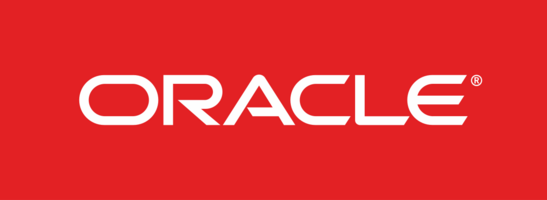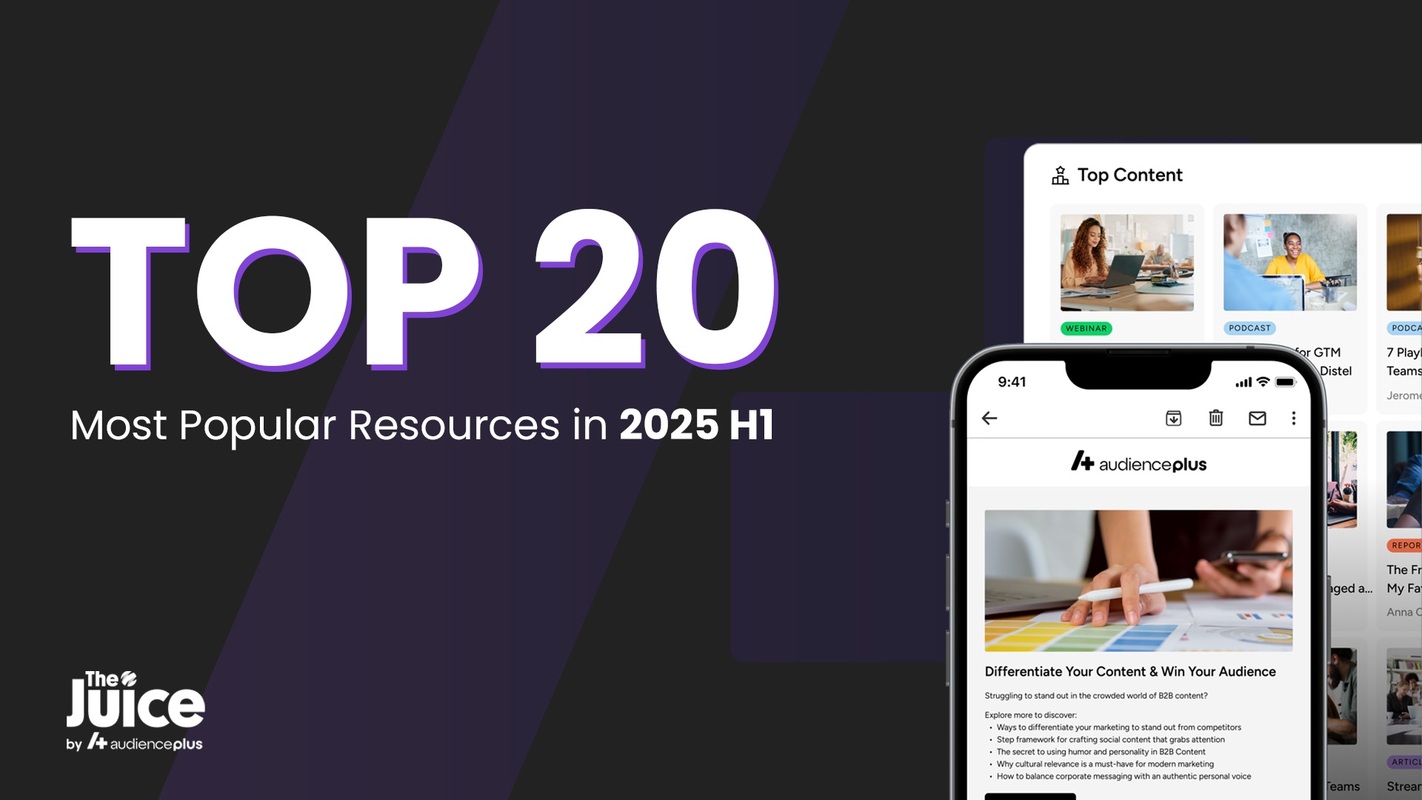
Government organizations at all levels are under pressure. The private sector's ability to deliver digital experiences 24/7 widened the "digital divide" between the private and public sectors, creating new expectations for how people want to consume government services. Under normal circumstances, government departments balance demands to create new and improved services and increase transparency and accountability while eliminating inefficiencies. But as we've experienced in the past several months, these are not normal times.
The COVID-19 pandemic disrupted the in-person, brick-and-mortar model of delivering these services. Nonetheless, constituents still need their government and elected officials to provide leadership and information to help their communities decide how and when to reopen.
Even after reopening, other health threats loom, such as Legionnaire's Disease, mold, and lead and copper contamination. These threats can necessitate additional precautions from the property and building owners and require community development organizations to enforce new types of compliance.
Compounding these challenges is the reality that America's cities may also face unprecedented fiscal consequences that may take years to recover. In a recent report, the National League of Cities describes the possibility of taking years for local revenues to bounce back from the impacts of COVID-19 when compared to prior recessions in 2007 (5-year recovery), 2001 (6-year recovery), and 1990 (almost 13-year recovery).
These times require leadership, collaboration, and creative solutions. Community development organizations will play a vital role in the reopening process. Those solutions will require modern capabilities to optimize their effectiveness.




